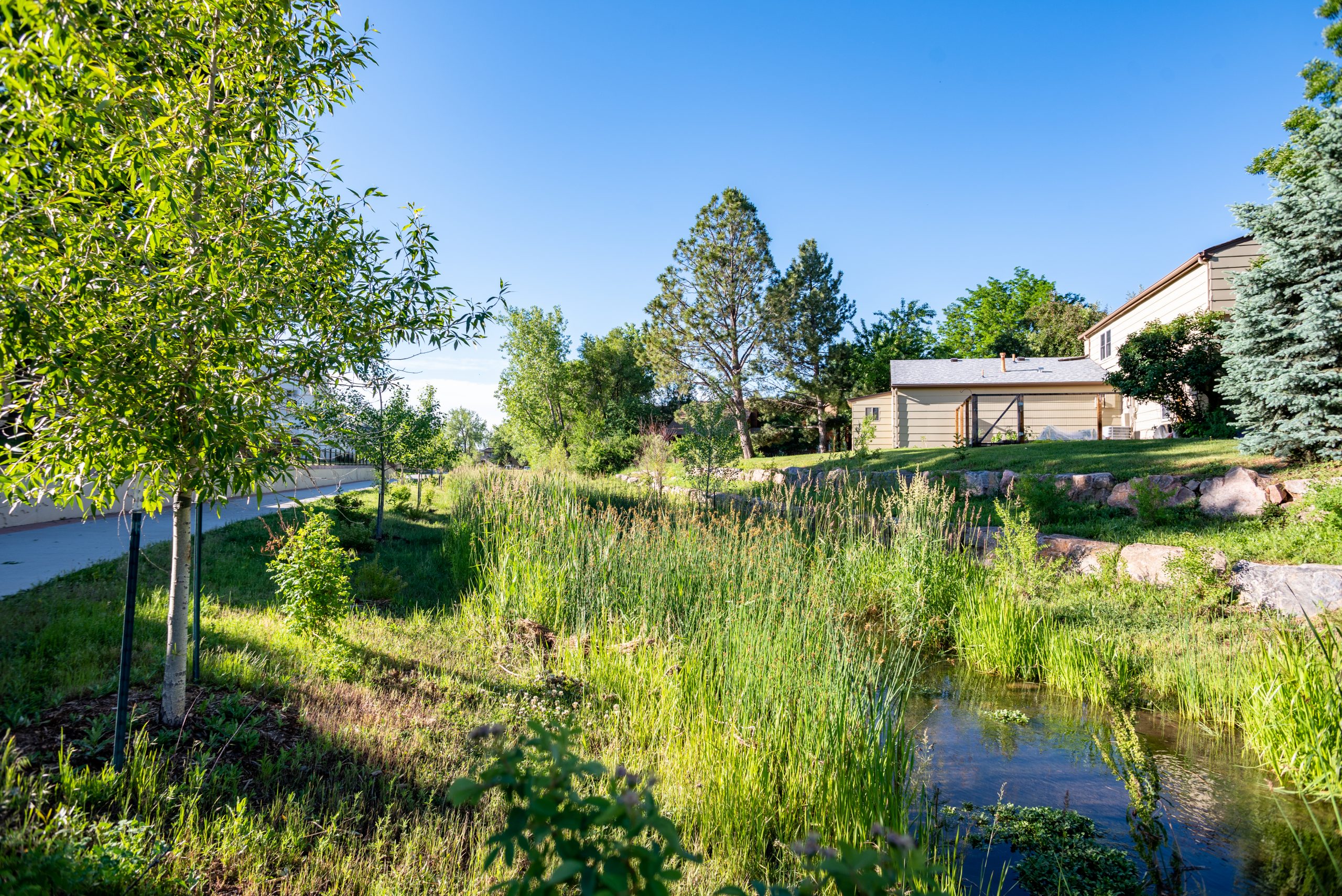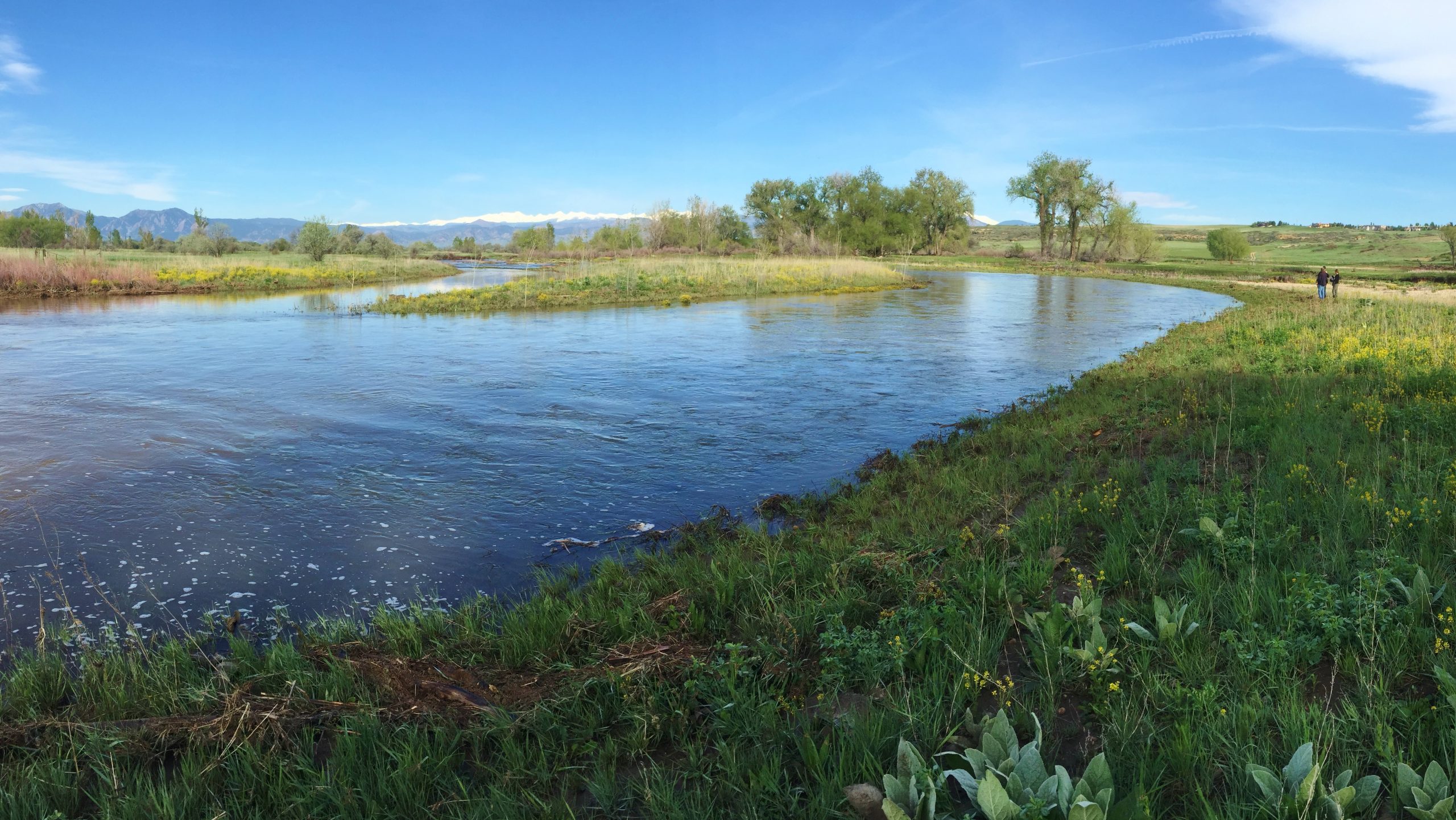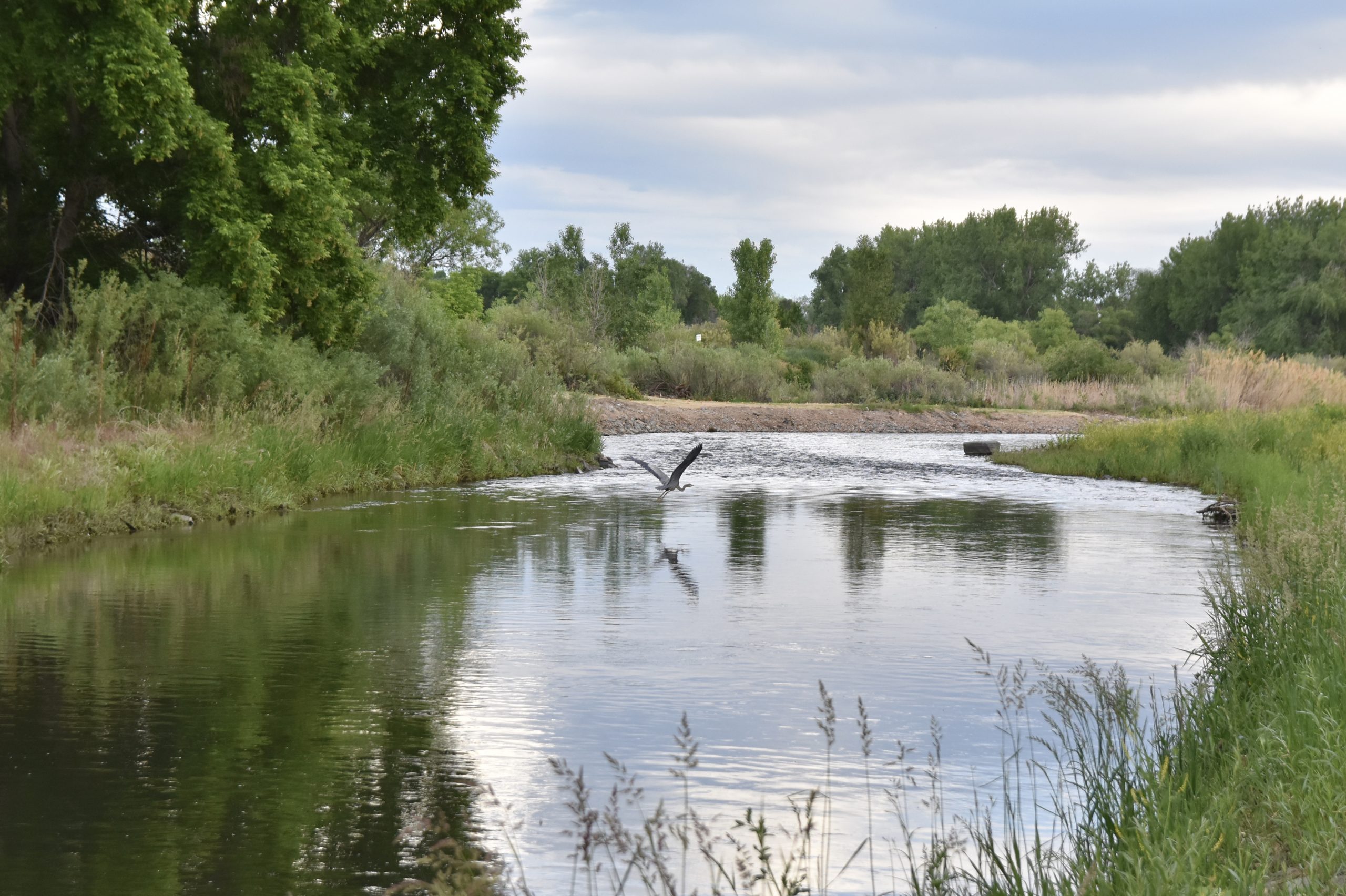Find out when and what we are doing in your area to reduce flood risk and make our streams more beautiful, accessible, and functional.
This website uses cookies so that we can provide you with the best user experience possible. Cookie information is stored in your browser and performs functions such as recognising you when you return to our website and helping our team to understand which sections of the website you find most interesting and useful.





